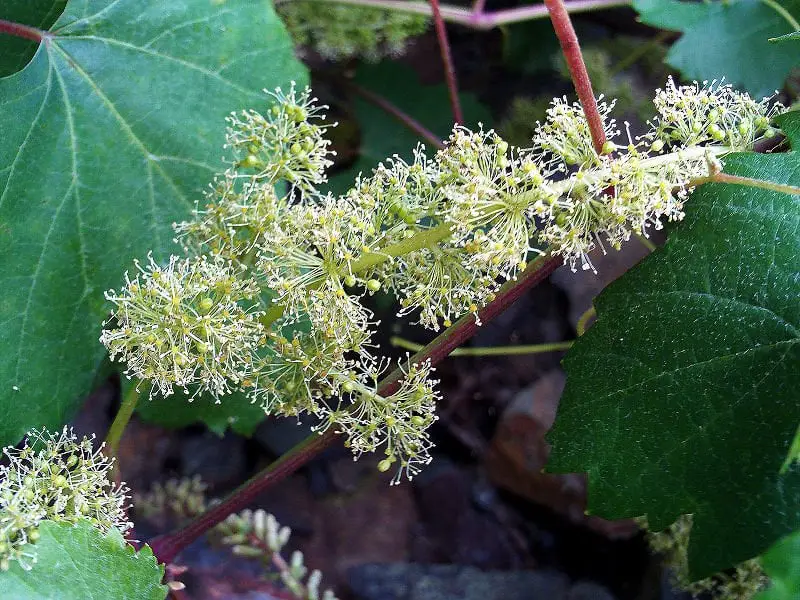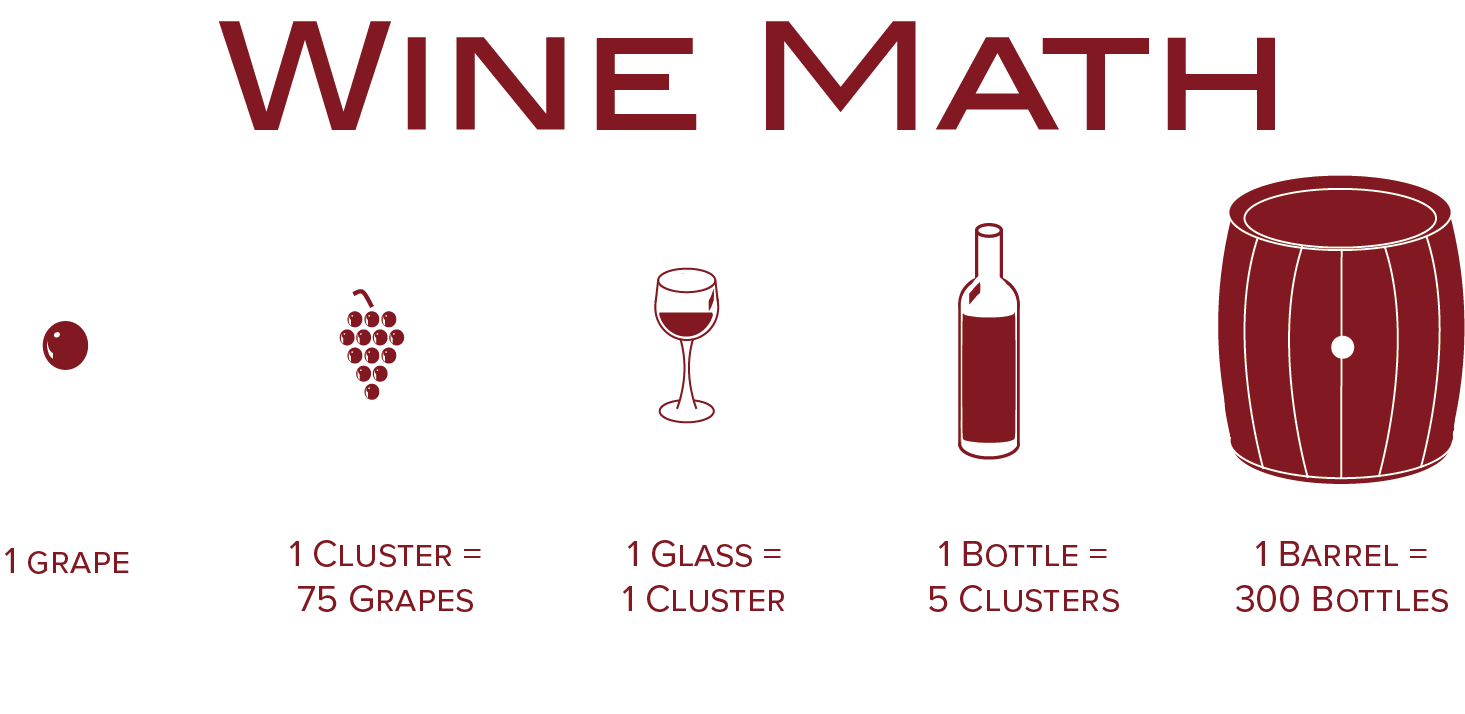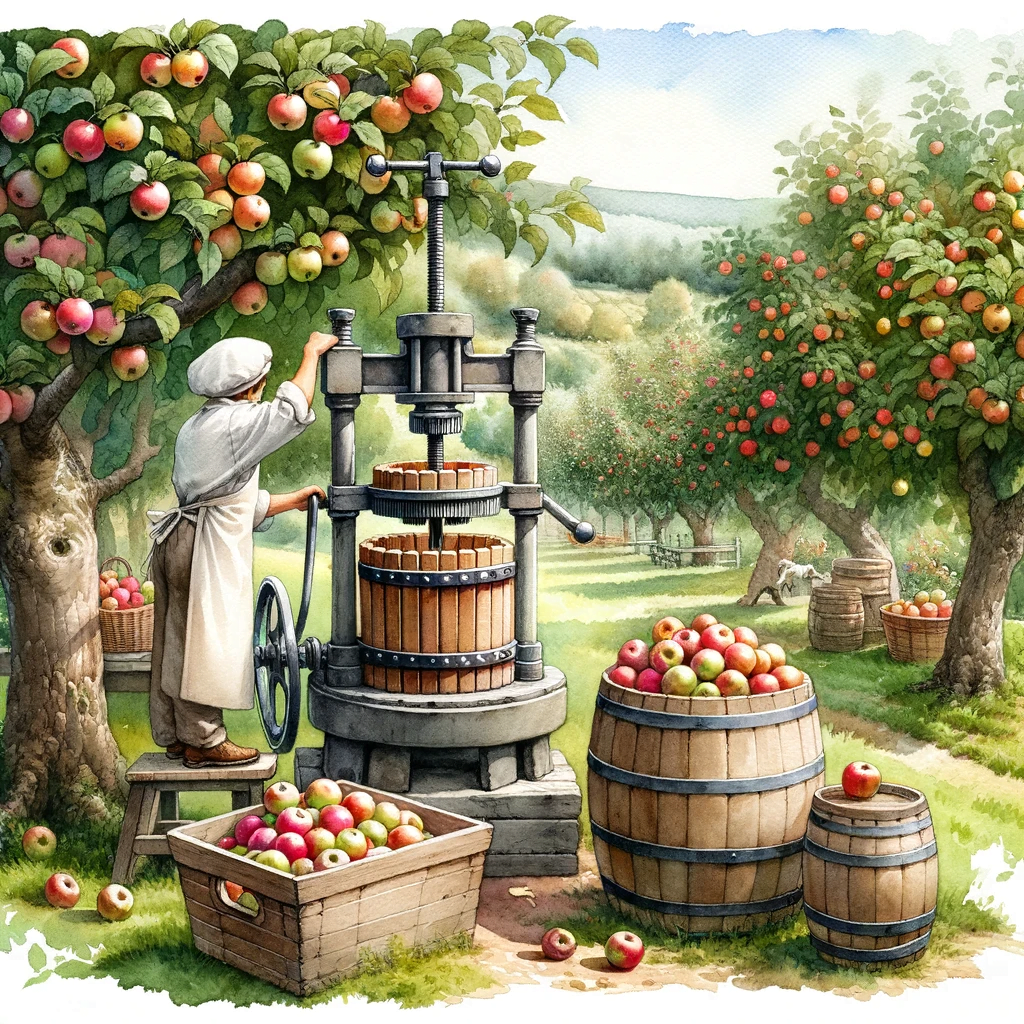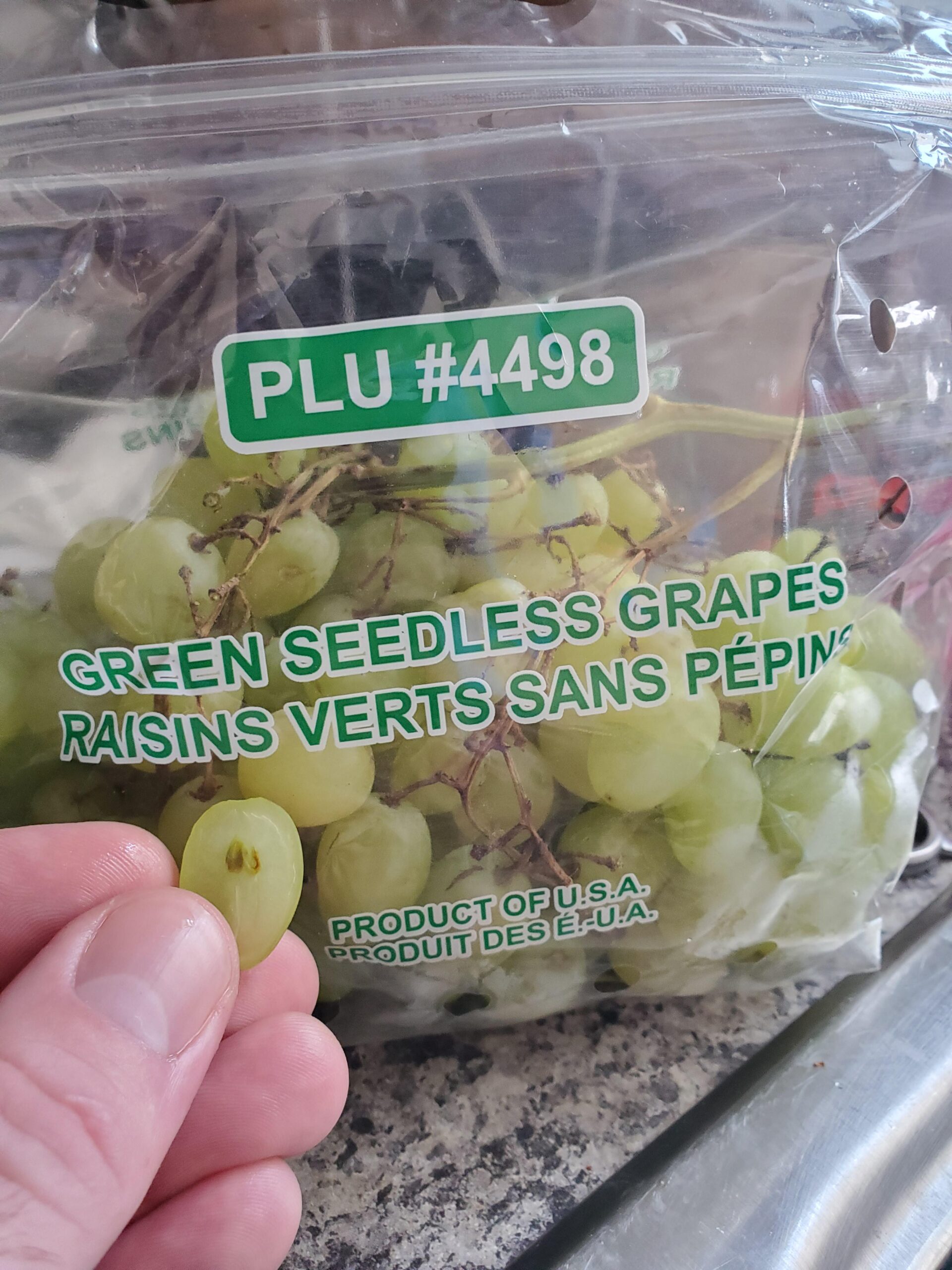Have you ever noticed a white powdery substance on the surface of grapes and wondered what it is? In this article, we will explore the phenomenon of the white stuff on grapes and unravel the mystery behind it. Whether you are a connoisseur of grapes or simply curious about the natural wonders of the fruit, join us as we delve into the science, factors, and potential implications of this curious phenomenon.
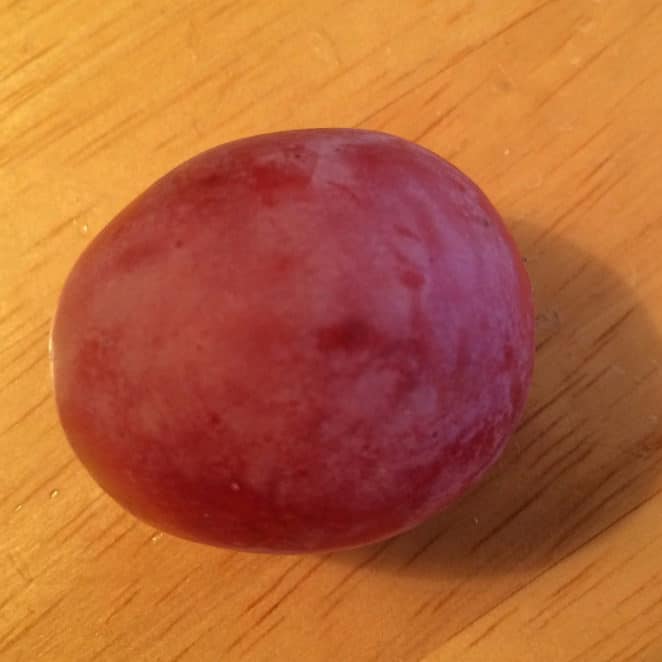
What Is the White Stuff on Grapes
Grapes are a popular fruit known for their sweet and juicy flavor. However, sometimes you may notice a white, powdery substance on the surface of grapes. This white stuff, also known as bloom or wax, often sparks curiosity and raises questions about its composition, safety, and effect on the fruit. In this article, we will explore the definition of the white stuff, its composition, how it forms, variations in its appearance, its safety for consumption, the effects of removing or washing it, its impact on the flavor of grapes, its role in fruit preservation, how to handle it properly, and other fruits that exhibit similar white coatings.
Definition of the White Stuff
What is the White Stuff on Grapes
The white stuff on grapes refers to the natural protective coating that develops on the fruit’s surface. It often has a powdery or waxy texture and can vary in thickness and appearance depending on the grape variety and environmental conditions. This coating is sometimes referred to as bloom or wax and is formed as a result of natural physiological processes.
Color and Texture of the White Stuff
The white stuff on grapes typically appears as a thin, whitish layer that adheres to the fruit’s skin. Its texture can range from powdery to slightly greasy or waxy. The color may vary from a translucent white to a slightly bluish hue, depending on the grape variety and stage of ripeness.
Common Terms for the White Stuff
The white stuff on grapes is often interchangeably referred to as bloom, epicuticular wax, or grape wax. These terms all describe the same natural coating found on the surface of grapes and other fruits.

Composition of the White Stuff
Chemical Makeup of the White Stuff
The white stuff on grapes consists mainly of epicuticular wax, a complex mixture of lipids and hydrocarbons. This wax is produced by specialized cells in the outermost layer of the grape’s skin, known as the epidermis. It serves as a protective barrier against moisture loss, microbial invasion, and physical damage.
Natural Components
Apart from lipids and hydrocarbons, the composition of the white stuff on grapes also includes other organic compounds such as esters, alcohols, and aldehydes. These natural components contribute to the aroma and flavor profile of the grapes.
Presence of Microorganisms
The white coating on grapes may harbor various microorganisms, including yeasts and bacteria. While some of these microorganisms are harmless or even beneficial, others may pose a potential risk of contamination if present in high quantities.
Potential Contaminants in the White Stuff
In addition to microorganisms, the white stuff on grapes can potentially contain residues of pesticides or other agrochemicals. These contaminants, if present, may result from agricultural practices during grape cultivation. It is important to note, however, that the majority of grapes available in the market adhere to strict regulatory standards regarding pesticide use.
How Does the White Stuff Form
Natural Protective Coating
The white stuff on grapes is a natural protective coating that develops as the fruit grows and matures. It is formed by the grapevine as a defense mechanism against environmental factors such as moisture loss, UV radiation, and pathogens.
Deposition of Waxy Substances
The production of the white coating on grapes involves the deposition of waxy substances onto the surface of the fruit. These substances are synthesized by specialized cells in the grape’s epidermis and are then secreted onto the outermost layer of the skin.
Interaction with Fruit Enzymes
Enzymes present in the grape’s skin play a crucial role in the formation of the white stuff. These enzymes modify the composition of the waxy substances, leading to the development of the characteristic powdery or waxy texture.
Environmental Factors Influencing Formation
The formation and appearance of the white stuff on grapes can be influenced by various environmental factors. Temperature, humidity, sunlight exposure, and overall climatic conditions can all affect the development and thickness of the coating. Grape varieties may also differ in their genetic predisposition to produce more or less of the white stuff.
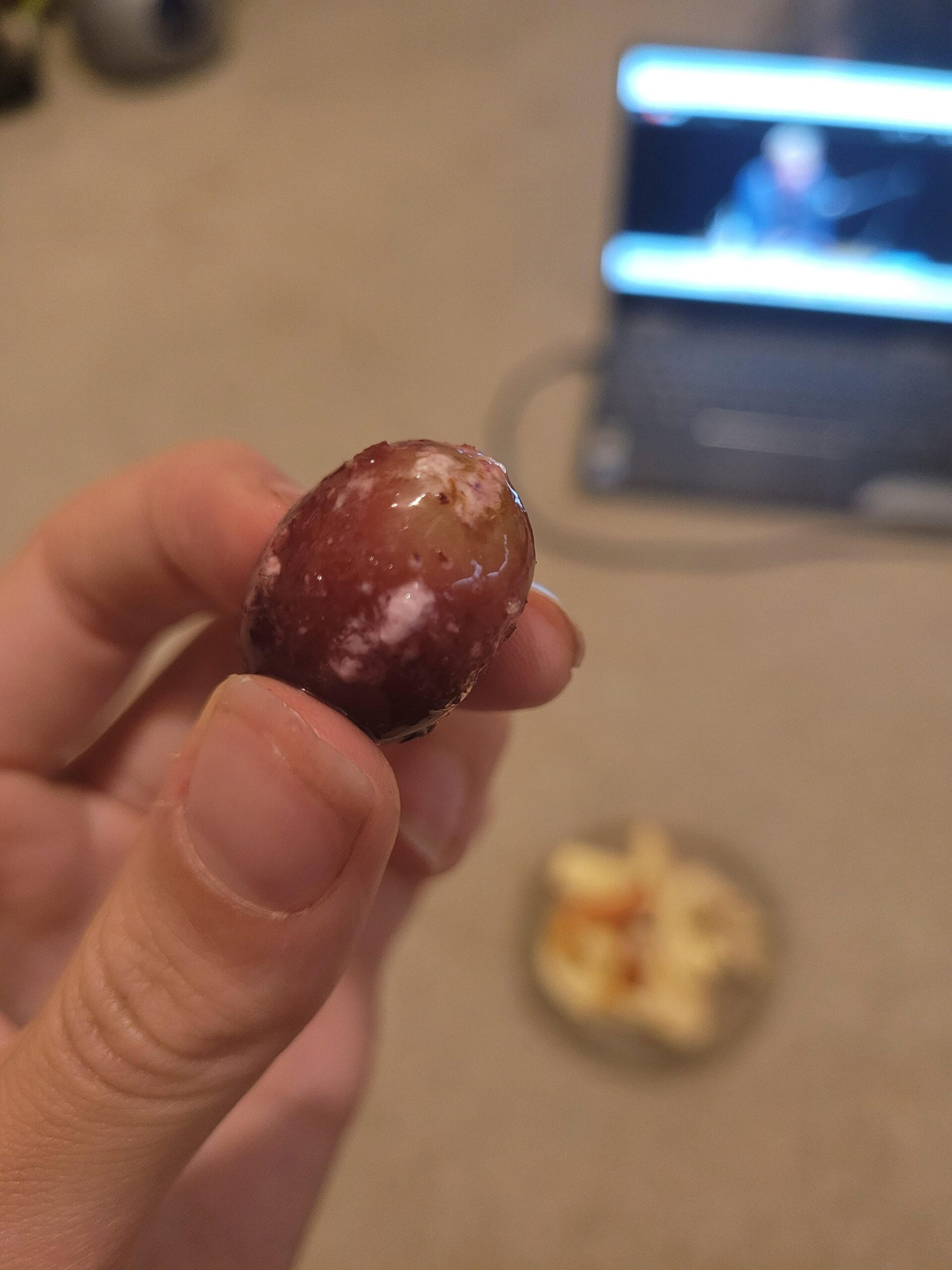
Variations in the White Stuff on Grapes
Thickness and Homogeneity
The thickness and homogeneity of the white stuff on grapes can vary among different grape varieties and individual fruits. Some grapes may have a thick and uniform coating, while others may exhibit a thinner and more patchy appearance.
Difference in Appearance between Grape Varieties
Different grape varieties can display distinct variations in the appearance of the white stuff. While some may have a dense and opaque coating, others may appear more translucent or have a bluish tint due to the presence of specific pigments.
Effect of Grape Ripeness on the White Coating
As grapes ripen, the composition and appearance of the white coating can undergo changes. The white stuff on unripe grapes may be more noticeable and thicker, while on fully ripe grapes, it may become less prominent and more uniform in texture.
Is the White Stuff Safe to Eat
Potential Health Concerns
The white stuff on grapes is generally considered safe to eat and poses no direct health risks. It is a natural part of the fruit’s composition and does not contain any harmful substances in normal quantities.
Microbial Contamination Risks
While the white coating on grapes may harbor microorganisms, the risk of contamination is generally low. The majority of these microorganisms are harmless or even beneficial, contributing to the fermentation processes involved in winemaking. However, individuals with compromised immune systems or specific health conditions may be more susceptible to microbial infections and should exercise caution.
Organic vs. Non-Organic Grape Coating
When it comes to the white stuff on grapes, there is no significant difference between organic and non-organic produce. Both types of grapes can develop the same natural coating, with minimal variations in composition and appearance.
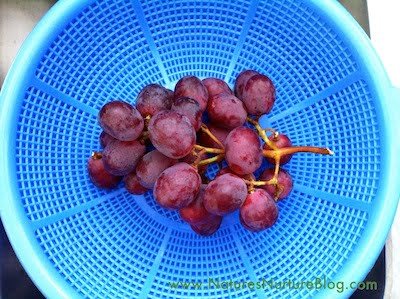
Effects of Removing or Washing the White Stuff
Changes in Texture and Appearance
Removing or washing the white stuff from grapes can result in changes to the fruit’s texture and appearance. Without the protective coating, grapes may appear shinier and smoother, with a more polished appearance. The texture may also feel slightly different, as the waxy layer contributes to the grape’s natural plumpness.
Impact on Shelf Life
The white stuff on grapes acts as a natural barrier, helping to extend the fruit’s shelf life by reducing moisture loss and inhibiting the growth of mold and mildew. Removing or washing the coating may shorten the grapes’ shelf life, making them more susceptible to spoilage.
Removal of Beneficial Microorganisms
As mentioned earlier, the white stuff on grapes may harbor beneficial microorganisms that participate in fermentation processes. Washing or removing the coating can inadvertently remove these microorganisms, potentially affecting the grapes’ ability to undergo natural fermentation or preserve their quality in winemaking.
Alteration of Grape Flavor
The white stuff on grapes can contribute to the fruit’s flavor profile, adding subtle nuances and complexity. Removing or washing the coating may result in a slight alteration of the grape’s flavor, although the extent of this change may vary depending on personal taste preferences and the specific grape variety.
Does the White Stuff Affect the Flavor of Grapes
Taste-altering Properties
The white stuff on grapes contains natural compounds that can interact with the grape’s flavor compounds, potentially influencing the overall taste profile of the fruit. However, these interactions are usually subtle and do not significantly alter the inherent flavor characteristics of the grape.
Interaction with Grape Compounds
The epicuticular wax in the white coating can interact with volatile compounds in the grape, affecting their release and perception. This can result in slight changes to the aroma and flavor intensity, enhancing or modulating certain flavor notes.
Perception of the White Coating
The presence of the white stuff on grapes can also influence the perception of flavor. Some individuals may associate the white coating with freshness and quality, and its presence may enhance the overall sensory experience of consuming grapes.
The Role of the White Stuff in Fruit Preservation
Protection against Mold and Mildew
One of the key roles of the white stuff on grapes is its ability to protect the fruit against mold and mildew. The waxy layer acts as a physical barrier, inhibiting the growth of fungi and reducing the risk of spoilage.
Prevention of Moisture Loss
The white coating serves as a protective barrier against moisture loss, helping to maintain the grape’s juiciness and overall freshness. It reduces evaporation and aids in preserving the fruit’s desirable texture.
Influence on Grape Ripening Process
The white stuff on grapes can contribute to the regulation of the grape ripening process. It helps maintain optimal conditions for ripening by protecting the fruit from excessive UV radiation, temperature fluctuations, and water loss.
How to Handle the White Stuff on Grapes
When handling grapes, it is generally recommended to avoid rubbing or removing the white coating forcefully. Gently rinse the grapes under cool running water to remove any surface dirt or contaminants, if desired. However, it is important to note that washing grapes may also remove beneficial microorganisms and potentially affect their flavor and shelf life.
Other Fruits with Similar White Coatings
Examples of Fruits with White Coatings
The white stuff on grapes is not exclusive to this fruit alone. Several other fruits also exhibit similar natural coatings, including plums, blueberries, and certain varieties of apples and pears.
Comparison of Coating Properties
While the white coatings on different fruits share some similarities, they may also vary in composition, appearance, and thickness. The specific characteristics of these coatings can be influenced by factors such as fruit variety, maturity, and environmental conditions.
Significance in Fruit Quality
The presence of the white coating on various fruits is generally associated with freshness, quality, and optimal ripening. It serves as a natural protection mechanism and contributes to the maintenance of fruit characteristics during storage and transportation.
In conclusion, the white stuff on grapes, also known as bloom or wax, is a natural protective coating that develops on the fruit’s surface. It is composed of epicuticular wax, which serves as a defense mechanism against moisture loss, microbial invasion, and physical damage. While the white coating poses no direct health risks, it may harbor microorganisms and residues of agrochemicals. Removing or washing the coating can alter the texture, appearance, shelf life, and flavor of grapes. The white stuff also plays a role in fruit preservation by protecting against mold and mildew and preventing moisture loss. Handling the white stuff on grapes should be done gently, and other fruits such as plums and blueberries may exhibit similar coatings. Remember, the white stuff on grapes is a natural and integral part of the fruit, contributing to its overall quality and preservation.
